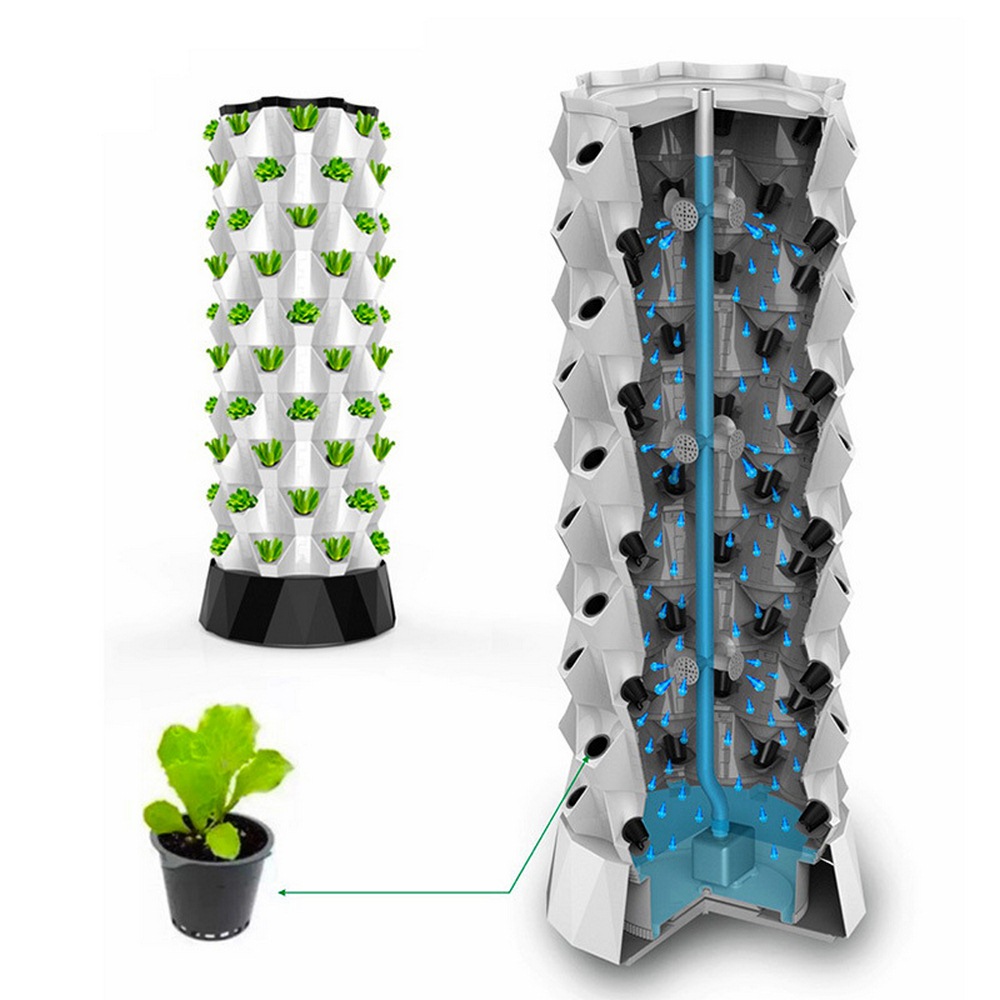237
What do you guys think of vertical farming?
(slrpnk.net)
Vertical farming, the best solution to support an ever growing population or just a scam?
IMHO it has a lot of potential but not being able to grow grains really is something that should be tackled sooner rather than later. But I could see this being used by self sustaining communities to provide lots of food while using very little space. And it's technically more environmentally friendly than just using vast stretches of land to produce the same amount of food.

There's an organic produce company in Manhattan that uses vertical grow chambers and they get around the lighting problem by illuminating from the center of the cluster and rotating the plant pods occasionally.
They get around energy usage by charging a premium and taking advantage of state agricultural grants.
It's expensive but you can get city grown butter lettuce year round.
Normally that would be a bit of an heresy, but fun thing: with the good LEDs at the good frequency, you can make a solar panel + LED setup that is actually efficient enough to provide more light to the plant than it would normally receive.
depends extremely heavily on the efficiency of the panels.
You would need to exceed 84% solar to electricity conversion efficiency to make that conversion pay off.
As chlorophyll has an approximate 90% maximum interception of 400nm to 740nm light and your panels would be getting the extra energy from frequencies outside of that range. The energy of a photon is determined by hc/λ, with the result that the energy of a blue photon (400 nm) is 75% greater than that of a red photon (700 nm).
Anything less than that would be a net loss unless there is a significant increase of ultraviolet light in the near future.
Within the 400 to 740nm range chlorophyll has a huge gap: https://cdn.kastatic.org/ka-perseus-images/27c5e928745dbde12550494315ec70253091eee5.png whereas sunlight is strong across all of it. Grow lights usually only provide blue and red wavelengths that are better absorbed. Also, most plants' growth are not limited by sunlight but usually either by water/nutrients or CO2, so most of them can receive a bit less light than the sun typically provides.
The calculation we had done a few years ago, that gave us the result that a square meter of PV could light up almost 2 square meter of crops, only took these spectra into account.
Since then, I have read really counter intuitive things that may even raise the efficiency higher (and the weirdness of grow boxes even more). People started using LASER LEDs to grow plants. Low power of course, but it turns out that concentrating the light on where the plants and leaves actually are does indeed maximize the number of photons that get absorbed.
Here again, I am not sure this is something desirable or the future that I want, but this is a possibility that is out there.
and how did the experimental test of the calculated results turn out?
I would be quite interested to learn more.
This was just a theoretical discussion, like I said, I am not sure this would be a good idea per se even if possible.
The notable thing about highrises is a small solar footprint, and you need to have ownership/rights to install on the roof.
If you have that much space for solar panels, then maybe a traditional grow would be better than urban vert farming
I am not saying that this is necessarily a good idea, but it is technically possible to grow more plants with solar panel + LEDs in the same area than through direct sunlight illumination. (IIRC by almost 200%).
The added complexity and manufacturing may not be worth it, but the calculation can be different where your energy is cheap and abundant through other renewable means that have lower footprint (like hydro or wind).
It can also be really good in areas where the climate isn't great for year round growing, with enough PV you'll still get enough to power the LEDs which you can put close above the plants and have on for 17 hours where as the natural sun might not be as bright or steady, also if you have like a wall unit inside then you don't need to worry about frost, slow growth due to cold or hot weather scorching. Having herbs growing inside really improves the quality of a room too, that fresh smell is nice.
Do you have details on this?
Ah not really, just did the math a while ago with someone. I was arguing that it was inefficient and stupid to put a solar panel somewhere to generate electricity to grow plants with LEDs vs just putting the plants under the sun. We saw that not only was it actually possible energy-wise but if you take the limits of the efficiencies in terms of LEDs and solar panel you could barely stack two levels of plants. It was something like 5 years ago so I guess efficiency has raised since then.
One for one the efficiency improvement is not so great, but it allows extending the time of light availability, which can make a real difference in northern latitudes during winter time.